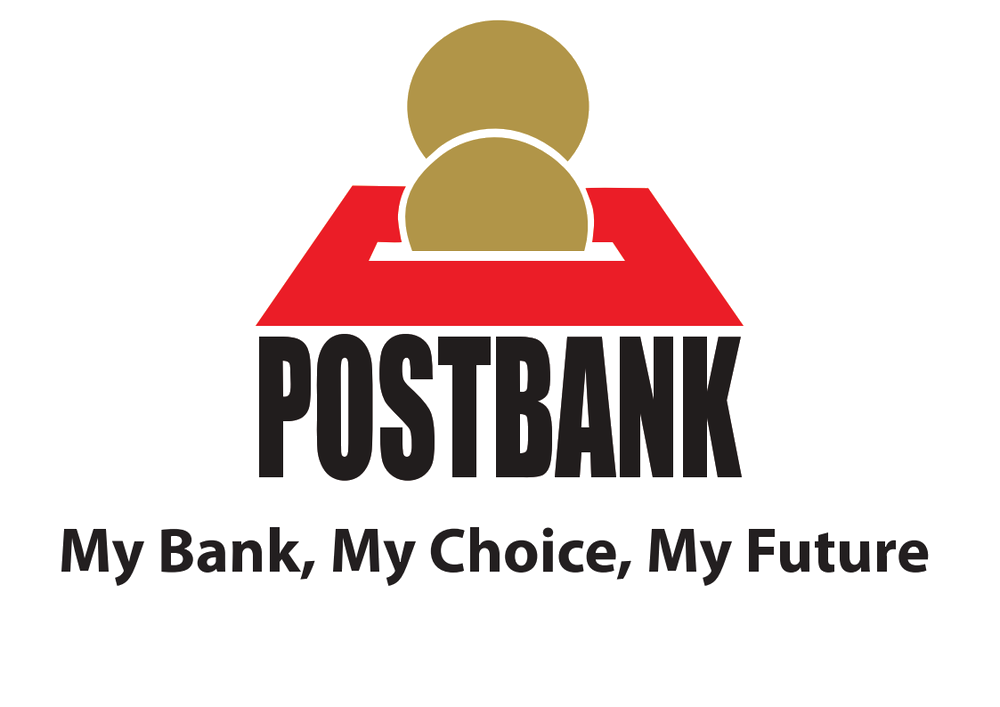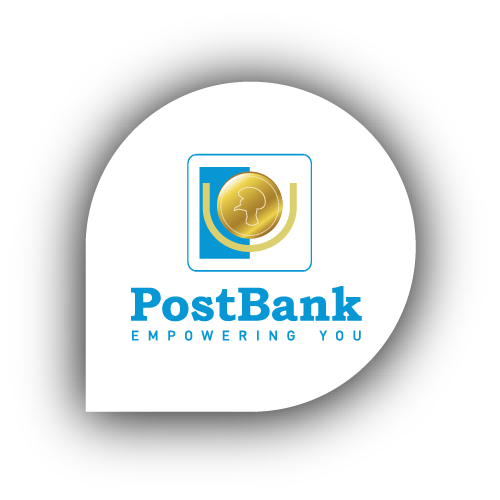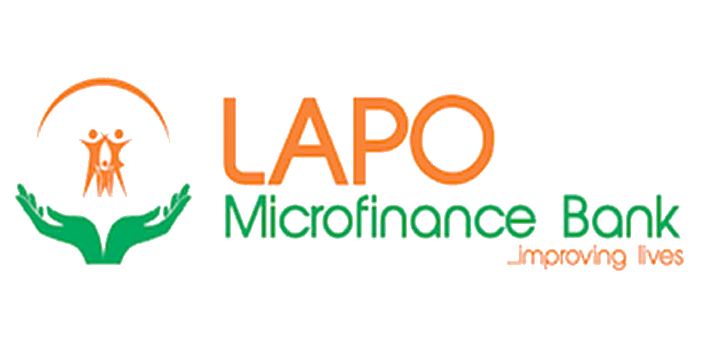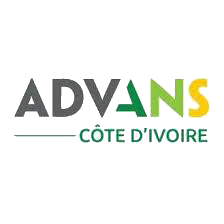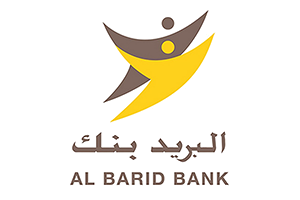During the next five years, US$1 trillion in worker remittances will flow to rural areas, dwarfing official development aid by a 4-to-1 ratio – and rural areas only represent half of worldwide remittances.
Background on remittances
To be able to send remittances is the reason why so many people – almost 1 in 8 people on the planet – migrate, whether across borders, continents, or even within their country of birth. Migration flows may change due to political or economic drivers, but the phenomenon will remain.
Whilst remittances are “people’s money” much needed by the beneficiaries and their communities for daily consumption, research indicates that this market segment also saves, requires insurance products, and takes up and reimburses loans – though today generally not from the formal banking sector – and responds positively to financial education efforts.
WSBI and Fair Value Remittances
WSBI’s payments practice already in 2003 formulated the “Fair Value Remittances” value proposition which promotes end-to-end transparency and accountability in migrating from cash to account-based remittances and served as input to the 2007 BIS/World Bank International Guiding Principles. WSBI also developed a proof-of-concept international remittance switch allowing multiple remittance service providers to interconnect thus providing for a cost-efficient alternative to dominant networks. WSBI continues to work with policy makers and members worldwide to continuously improve the remittance value proposition whilst enabling wider financial inclusion through remittance-linked products and services.
related
European Banking Authority (EBA) on ESG risk management
The European Savings and Retail Banking Group (ESBG) submitted its response to the consultation launched by the European Banking Authority (EBA). ESBG insists on the need for consitency with CSRD and CSDDD, the addressees of this guideline should also
Enhancing Transparency in Bank Disclosures: ESBG delivers comprehensive response to the EBA’s Pillar 3 data hub consultation
On 14 December 2023, the European Banking Authority (EBA) published a discussion paper on the Pillar 3 data hub processes and its possible practical implications.
IASB Exposure Draft (ED) on Financial Instruments with Characteristics of Equity
On 29 November 2023, the International Accounting Standards Board (IASB) proposed amendments in an Exposure Draft to tackle challenges in financial reporting for instruments with both
ESBG’s response to the EFRAG Comment Letter on Financial Instruments with Characteristics of Equity
On 29 November 2023, the International Accounting Standards Board (IASB) proposed amendments in an Exposure Draft to tackle
ESBG advocates for increased clarity and streamlining of supervisory reporting requirements
On 14 March, ESBG submitted its response to the European Banking Authority (EBA) consultation on ITS amending Commission Implementation Regulation (EU) 2021/451 regarding supervisory reporting
WSBI-ESBG advocates for robust implementation of the BCBS Pillar 3 framework for climate-related financial risks
On 14 March, WSBI-ESBG submitted its response to the Basel Committee on Banking Supervision (BCBS) consultation on its Pillar 3 disclosure framework for climate-related financial risks
ESBG stresses the need for consistency and clarity in its Response to the SFDR Review Consultation
ESBG submitted its response to the European Commission’s consultation on the SFDR review, aiming to enhance transparency in sustainability-related disclosures within the financial services sector
ESBG response to the EBA’s consultation on Guidelines on preventing the abuse of funds and certain crypto-assets transfers for ML/TF
The guidelines on the “travel rule” delineate the actions that Payment Service Providers (PSPs), Intermediary PSPs
ESBG responds to the SRB consultation on the future MREL policy
The European Savings and Retail Banking Group (ESBG) submitted its response to the consultation launched by the Single Resolution Board (SRB) in December 2023 on the future of the Minimum Requirement for own funds
ESBG’s response to the Commission’s consultation on the GDPR
The primary EU legislation ensuring the fundamental right to data protection is the General Data Protection Regulation



























